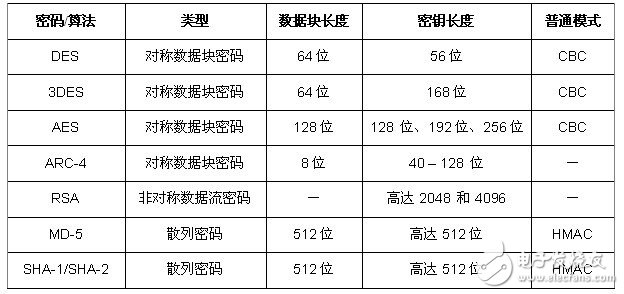The types of attacks on smart meters can be roughly classified into physical attacks (external interference, bypassing the neutral line, missing midline, etc.), electrical attacks (over/undervoltage, circuit detection, ESD, etc.) and software and data attacks (spyware insertion, network). attack). In addition to the physical tampering of the meter, most known vulnerabilities are related to communication media and communication protocols as the grid is interconnected.
Solutions for physical tampering include the use of magnetic sensors (detecting the presence of strong magnetic fields, strong magnetic fields that can affect the current transformer meter readings), tilt sensors, detecting whether the meter at the authorized location has been removed or physically tampering, using tampering in the firmware The algorithm helps to ensure continuous billing, and can also be placed on the meter housing with a tamper-proof switch that triggers tamper notification when the shell is opened.
Automated metering systems include software, hardware, communications, customer-related systems, and meter data management (MDM) software. As meters become intelligent and networked, meter software must provide adequate security features to prevent illegal changes to software configurations, readings of recorded data, and modification of calibration data. Security solutions need to be incorporated into the solution to ensure the security of the communication channel and ensure the physical security of the asset, making the smart grid more secure and reliable.
Secure communication protocol
Currently, there are many data exchange protocols used by parties in the power grid. Transmission Control Protocol (TCP)/Internet Protocol (IP), Hypertext Transfer Protocol (HTTP), and File Transfer Protocol (FTP) are widely used in the global information technology field. Since the transmitted data is easily stolen by hackers, the data is not very secure and vulnerable to attack. For grids or smart meters, non-secure protocols must be replaced by protocols such as Internet Protocol Security (IPSec), Secure Sockets Layer (SSL), Transport Layer Security (TLS), and Secure Shell (SSH). IPSec uses encryption technology to ensure the confidentiality, integrity and authenticity of the data communication between the private networks.
High level of security for control and commands
Symmetric key cryptosystems such as AES are suitable for batch data, but the security level is not high. An asymmetric key cryptosystem, such as the Elliptic Curve Digital Signature Algorithm (ECDSA), is used to control remote commands such as remote disconnect/connect real-time tariff changes. This ensures that the commands to control the grid equipment are highly authentic. Key exchange based on Elliptic Curve Cryptography (ECC) provides a high level of security. Wireless networks such as Zigbee® can use ECC to provide digital certificates to exchange information between ZigBee nodes/devices within the smart grid ecosystem.
Encryption Technology

Note: Almost all security protocols require one or more encryption techniques to encrypt data. The 128-bit AES password is widely used in smart meter applications and is used for communication between a single meter and a meter data acquisition device. Since the data is encrypted, it can be prevented from being stolen.
Key generation and storage of encryption algorithms
Almost all secure passwords and password keys rely on random seeding. Generating a key using a pseudo-random number can result in pseudo-security. The National Institute of Standards and Technology (NIST) uses the File Transfer Protocol 140-2 compliant random number generator to ensure high security. It is recommended to use hardware instead of software to generate random numbers and remove the key when a crack event occurs.
Our company is specialized in supplying Copper Fitting including, coupling with stop rolled, reducing coupling with stop,cap,90 degree elbow,90 degree street elbow,45 degree elbow,45 degree street elbow,copper tee,fitting reducer,male adapter,female adapter,90degree long elbow,p-trap,u-bend, Brass Fitting including,nuts,union,connector,elbow,tee,distributor,adapter,other Copper/Brass Products like Copper Tube ,air conditioner valve,sight glass,hand valve, Access Valve , Filter Drier ,Solenoid Valve,Capillary Tube and so on. The structure and dimension of each fitting is customizable, ensuring customers are getting the right fitting for their needs.Our parts have been exported to over 50 countries all over the world.
Copper/Brass Products
Copper Pipe With Insulation,Refrigeration Copper Tube,Copper Tube,Copper Tube For Sale
ZHEJIANG ICE LOONG ENVIRONMENTAL SCI-TECH CO.,LTD. , https://www.ice-loong.com